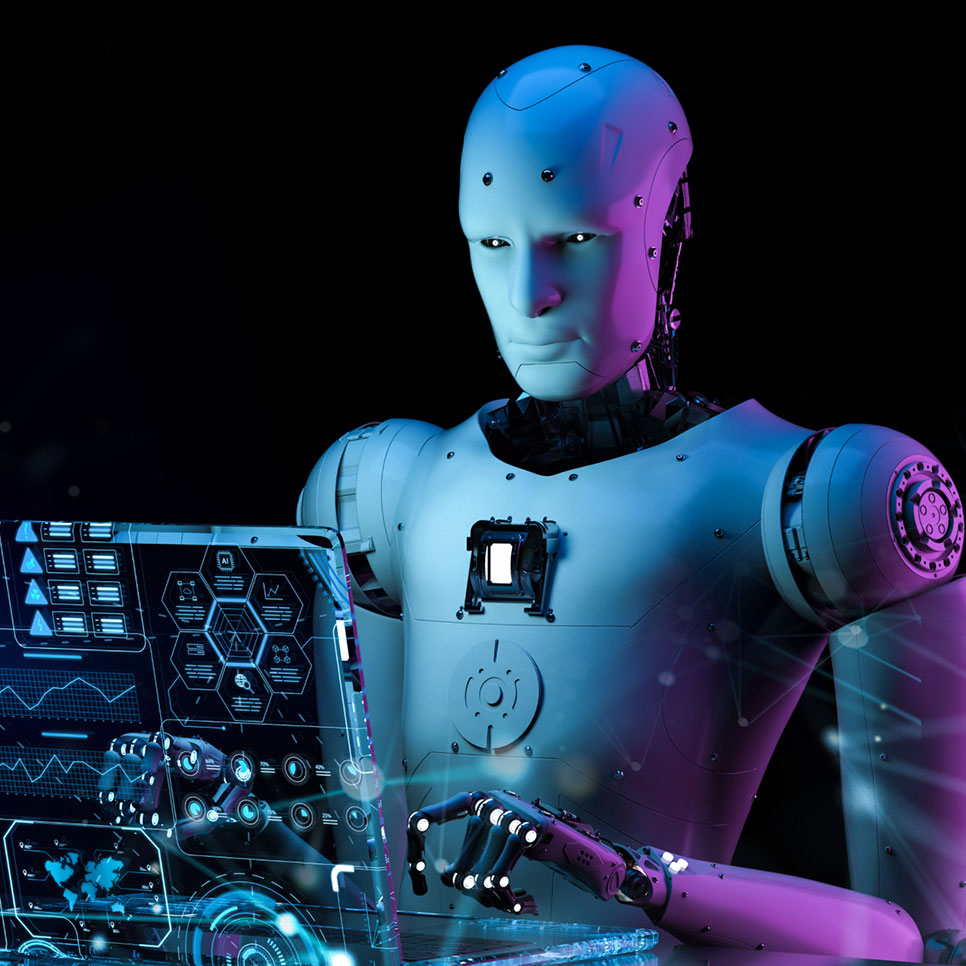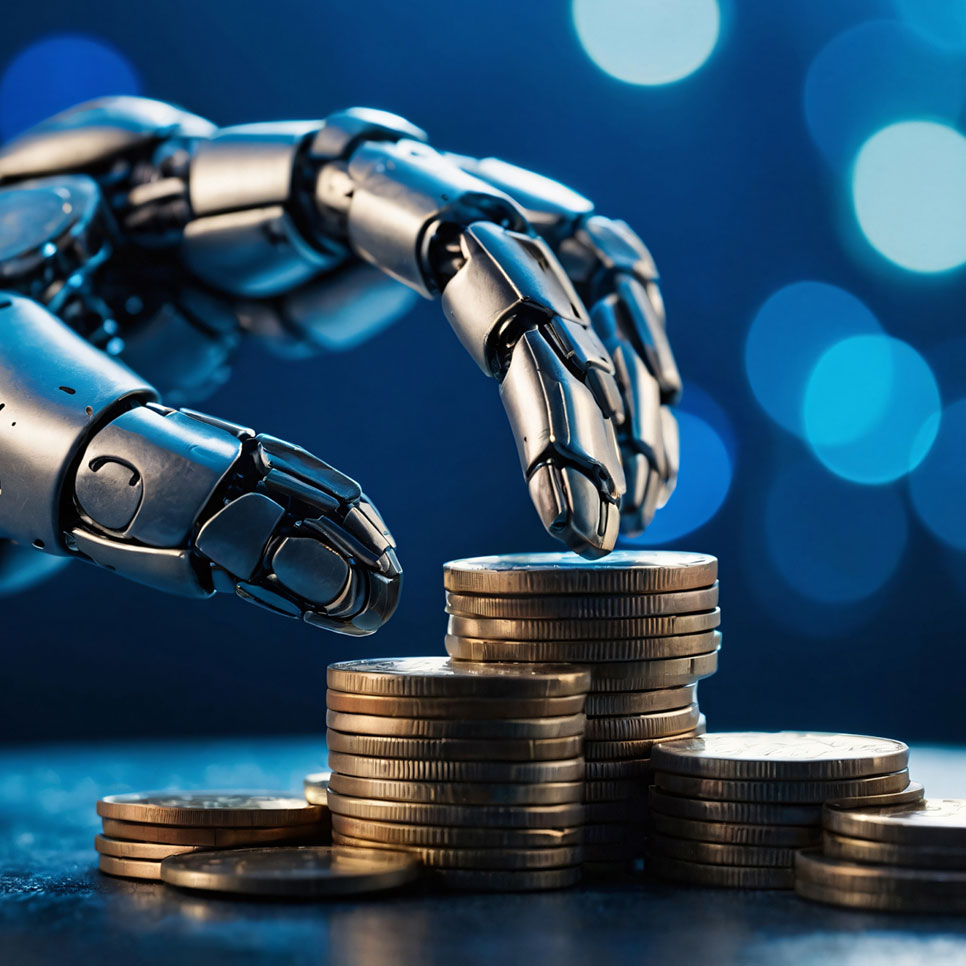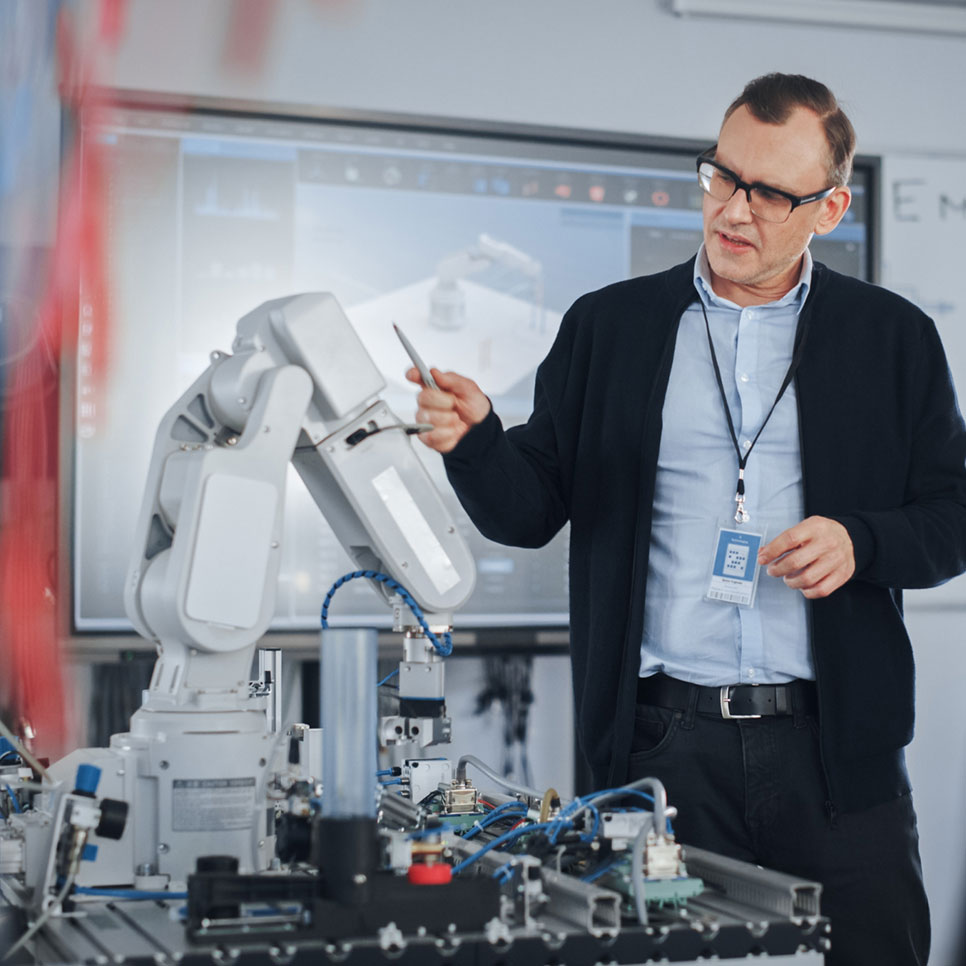Supply Chain Automation
BLOG
Robotic Process Automation (RPA) and Artificial Intelligence (AI) are the new superpowers in the tech bloc. Their resounding alliance offers a revolutionizing perspective on how businesses work, completely altering the dynamics of efficiency and accuracy. Together, RPA and AI are not simply optimizing workflows but also advertently and inadvertently shaping the fabric of more data-intensive business operations, such as supply chains.
The impact of RPA and AI in facilitating supply chain automation is indeed enormous.
A McKinsey & Company report states that organizations that invest in supply chain automation experience a reduction in their operational costs by up to 30%. Moreover, a high-performing supply chain makes more profit than average. According to a survey by Deloitte, 79% of organizations backed by high-performing supply chains gain significantly higher returns than the average.
This article seeks to highlight the competitive advantage that businesses can obtain through supply chain automation, and in doing so, explore the contributions of RPA and AI in the field.
What is Supply Chain Automation?
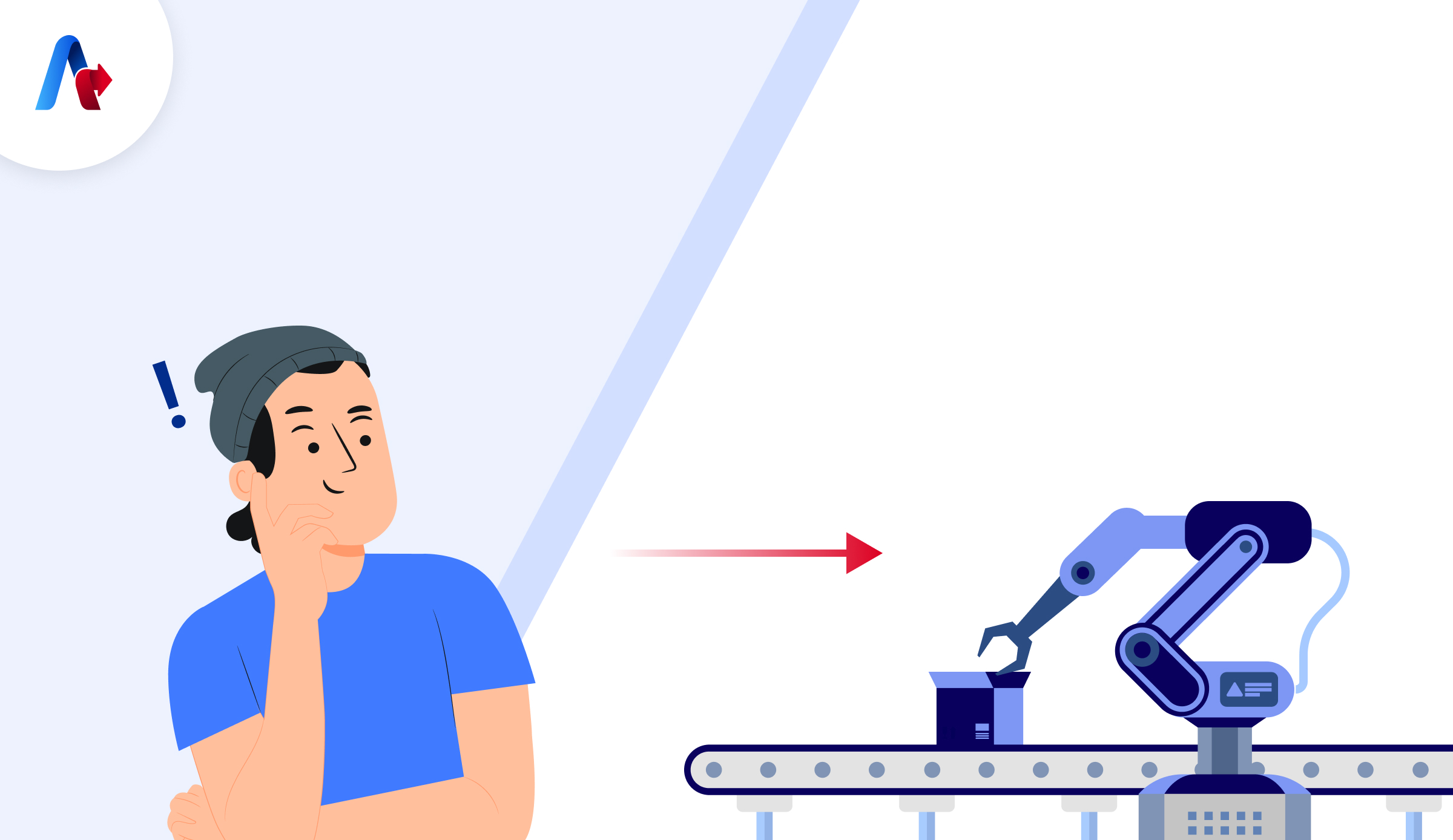
Supply chain automation is the use of technology to streamline and enhance the efficiency of supply chain operations. This includes automation of diverse processes and manual tasks like inventory management, order management, warehouse management, data analytics, etc., and the goal is to reduce manual work and minimize the chance of errors by combining technologies like Artificial Intelligence (AI) and Machine Learning (ML), and Robotic Process Automation (RPA) is primarily used to tackle repetitive tasks, establish communication and collaboration across multiple touchpoints, and provide real-time data. Supply chain automation ensures streamlined operations, maximum cost savings, optimal precision, and enhanced effectiveness of supply chain and logistics operations.
Are supply chain and logistics holding your business back?
Consult our experts!The Evolution of Supply Chain Automation
The modern supply chain can be traced back to the early twentieth century, with the large-scale incorporation of mechanized processes and assembly lines in production. The emergence of the age of computers and the internet in the later twentieth century gave an impetus to the evolution of supply chain automation. However, it was not before the early 2000s that the idea of supply chain automation was turned into a reality. Technologies such as Radio Frequency Identification (RFID), Enterprise Resource Planning (ERP) systems, and automated storage and retrieval systems (AS/RS) became watershed innovations in facilitating supply chain automation, enabling businesses to track, manage, and optimize their inventory and processes in a more advanced and proactive manner. The last decade has witnessed rapid transformations in the evolution of supply chain automation as a system, helmed by significant advancements in AI, ML, robotics, and the Internet of Things (IoT). Supply chains have continued to become more complex simultaneously, driven by demands for faster deliveries and increased reliability.
RPA and AI in Action: Supply Chain Automation Examples
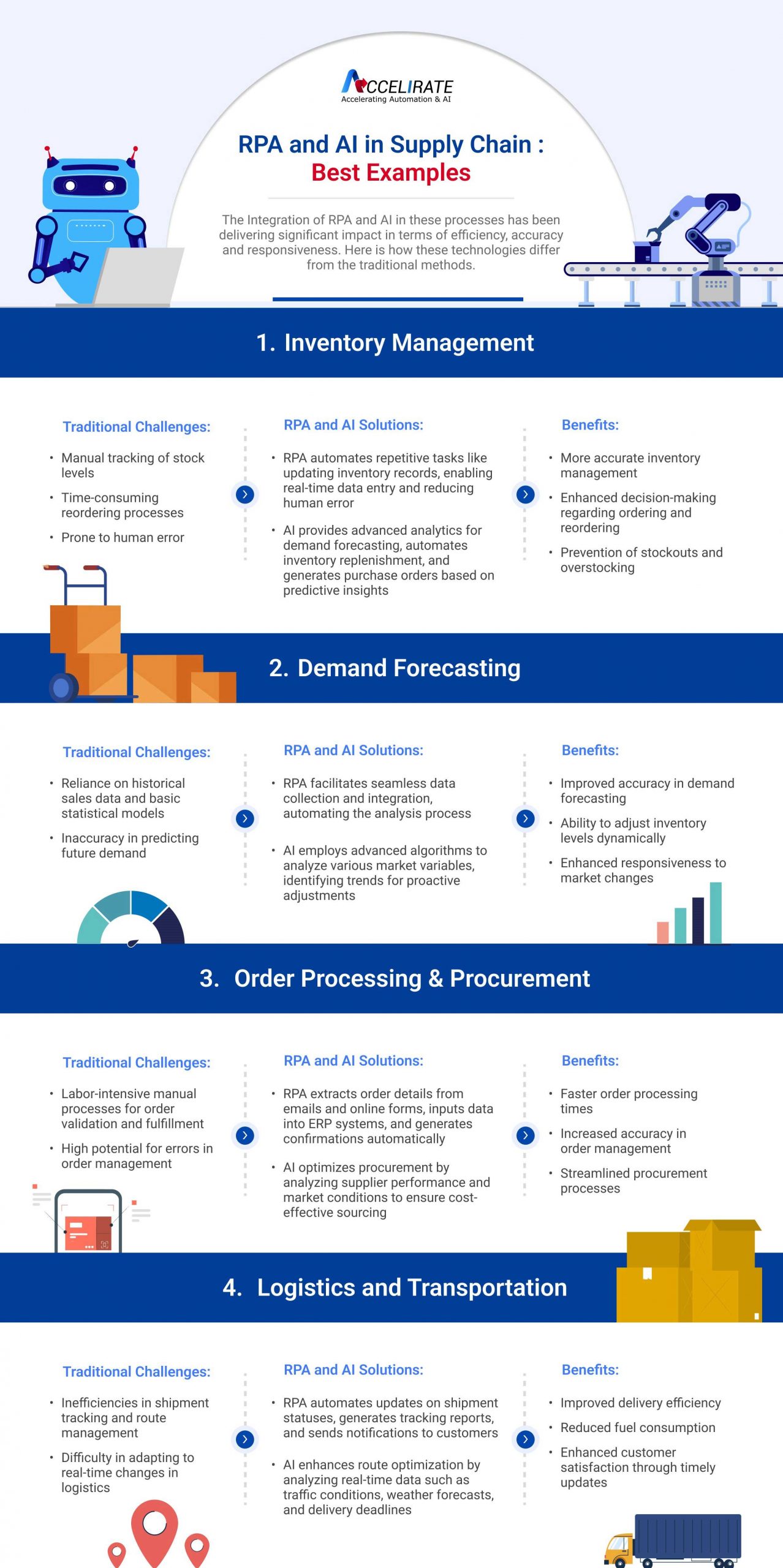
1. Inventory Management
Traditional inventory management includes manual tasks like tracking stock levels, reordering, and demand forecasting. These tasks are time-consuming and prone to errors. This is where RPA and AI come in. RPA automates repetitive tasks like updating inventory records by enabling real-time automatic data entry. This not only eliminates the need for manual entry but also reduces the risk of human errors and inconsistency. AI, on the other hand, provides advanced analytics and predictive capabilities to forecast future demands, automate inventory replenishment, facilitate automatic generation of purchase orders, and maintain ideal inventory levels at all times. This allows organizations to make more informed decisions about ordering & reordering, market trends, prevention of stockouts and overstocking, and so on. To simplify, the integration of RPA and AI enhances these processes, making inventory management more accurate, efficient, and responsive.
2. Demand Forecasting
Demand forecasting is critical in supply chain management as it is used to identify the quantity of products needed to meet customer demand at any given time. The traditional methods of demand forecasting utilize historical sales data and basic statistical models, which can lack accuracy. Integrating the powers of RPA and AI allows for seamless analysis of real-time data and east identification of market trends and empowers the company to make proactive adjustments backed by actionable insights. For example, RPA can facilitate data collection and integration and task automation, while AI employs advanced algorithms to carry out comprehensive analysis of diverse variables and promote continuous improvement.
3. Order Processing & Procurement
Order processing is a key supply chain function that involves receiving, validating, and fulfilling customer orders. Procurement, on the other hand, involves acquiring products necessary for business operations. Traditionally, order processing and procurement rely on repetitive and routine tasks, which are essentially manual and labor-intensive. The synergistic power of RPA and AI facilitates supply chain automation, which speeds up processes and enhances accuracy and consistency in order management. For example, RPA can extract order details from emails and online forms, enter accurate information into ERP, and generate and send order confirmations all within seconds. RPA bots mimic human actions and automatically update order and procurement records without human intervention.
4. Logistics and Transportation
Logistics and transportation are critical elements of the supply chain and involve transport and route management & optimization. RPA accelerates shipment tracking and transportation logistics by automating tasks related to updating shipment statuses in real-time, generating tracking reports, sending notifications to customers, and so on. While RPA simplifies tracking, AI enhances route optimization by gathering and analyzing diverse data sources including real-time traffic conditions, weather forecasts, delivery deadlines, fuel prices, etc. The seamless coordination of RPA and AI espoused in supply chain automation ensures a strategic approach to effective transport and route optimization and facilitates dynamic adjustments that contribute to reduced fuel consumption, minimized delays in deliveries, and improved customer satisfaction.
How Does the Future Look for Supply Chain Automation?
The future of supply chain automation is set for transformative changes driven by rapid advancements in AI and RPA. These technologies promise to offer more enhanced capabilities than traditional supply chain functions. Here are some key possibilities.
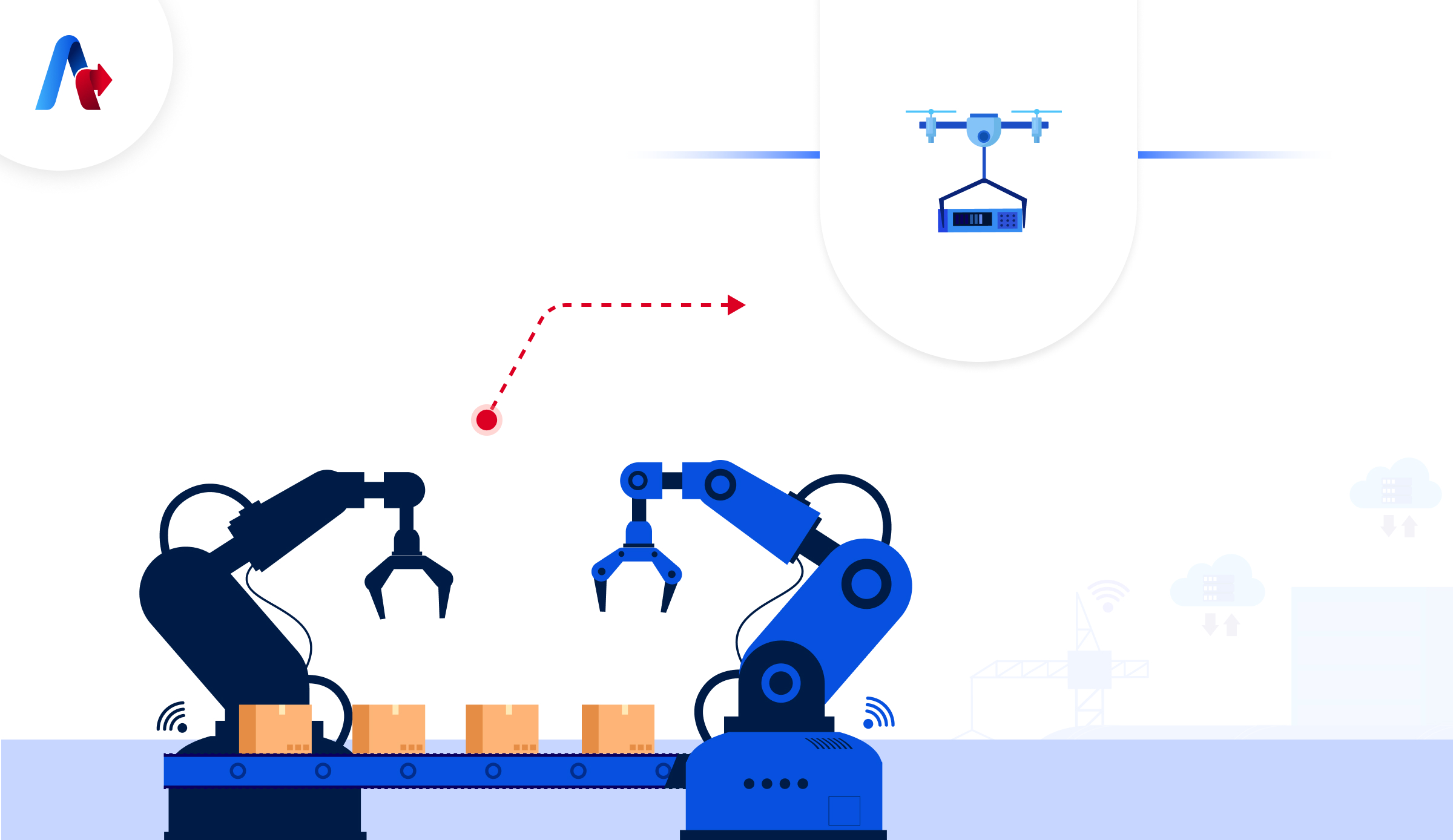
1. Autonomous Transportation
AI and RPA will facilitate the adoption of autonomous vehicles. AI algorithms will optimize navigation and routes, leading to reduced delivery times. This shift towards autonomous transportation can address driver shortages, enhance safety, and improve logistics reliability.
2. Smart Warehousing
With the rapid integration of AI and RPA, future warehouses may include AI-powered robots capable of performing tasks like picking, packing, sorting, and inventory management. Enhanced automation will contribute to quicker and more accurate order processing, and significantly reduce labor costs while improving overall operational efficiency.
3. Predictive and Prescriptive Analytics
AI will empower businesses to perform predictive and prescriptive analysis, enabling them to not only anticipate future demands but also receive actionable recommendations aligned with future demands and supply chain strategies. This proactive approach will help enhance agility and responsiveness to changes in the market.
Are supply chain disruptions setting you back?
Talk with us!Supply Chain Automation and Its Present-Day Challenges
Despite advancements in supply chain automation, organizations continue to encounter various challenges that limit their ability to fully harness its benefits. As such, regardless of all the considerable advantages that supply chain automation presents, it falls short of delivering a holistic and completely foolproof solution to dynamic organizations.
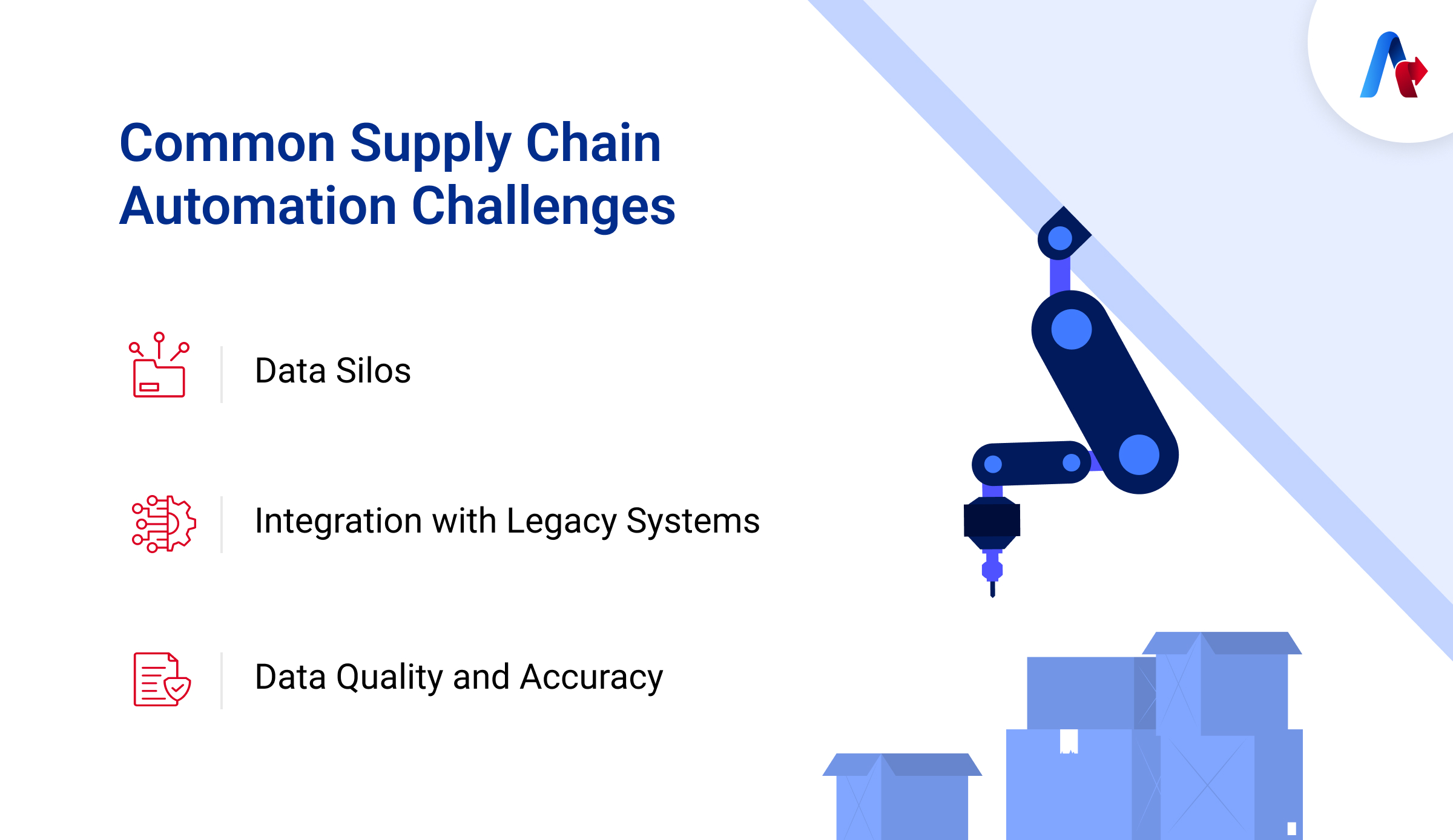
1. Data Silos
Organizations often rely on separate systems for various functions, leading to fragmented data streams. For instance, procurement and inventory management operate separately, resulting in communication gaps between the two and risking inconsistencies. The presence of data silos also undermines the scope of end-to-end automation and increases reliance on human intervention.
2. Integration with Legacy Systems
Many companies still use outdated systems to carry out operations. These systems often face compatibility issues with modern Intelligent automation technologies and fail to easily integrate with them. As such, there are certain barriers to the adoption of supply chain automation.
3. Data Quality and Accuracy
Supply chain automation requires dependable, accurate data to ensure complete consistency and system effectiveness. If the data quality is poor, it can risk errors across supply chain functions. For example, inaccurate information about inventory levels can not only negatively impact automated order processing but also demand forecasting.
To overcome these challenges, organizations must adopt a strategic approach, informed by thorough planning, investment in training, and choosing the right technology partner. By setting clear goals and performance metrics, organizations can facilitate smooth change management.
Are supply chain disruptions setting you back?
Talk with us!Tackling the Challenges of Supply Chain Automation – The Way Forward
The future of the supply chain industry, shaped by RPA and AI, holds vast potential. Organizations that embrace supply chain automation will unlock significant operational efficiency and cost savings, positioning themselves as leaders in the field. By taking a strategic stand against the challenges described above, businesses can seek long-term impact within a dynamic space.
Supply chain automation can help companies unravel a multitude of benefits, including enhanced operational efficiency, optimal cost savings, reduced operational costs, faster delivery to customers, and so on. The right AI and automation technology partner can help you navigate the complexities of implementation and ensure a seamless transition without risking any barriers to adoption.
